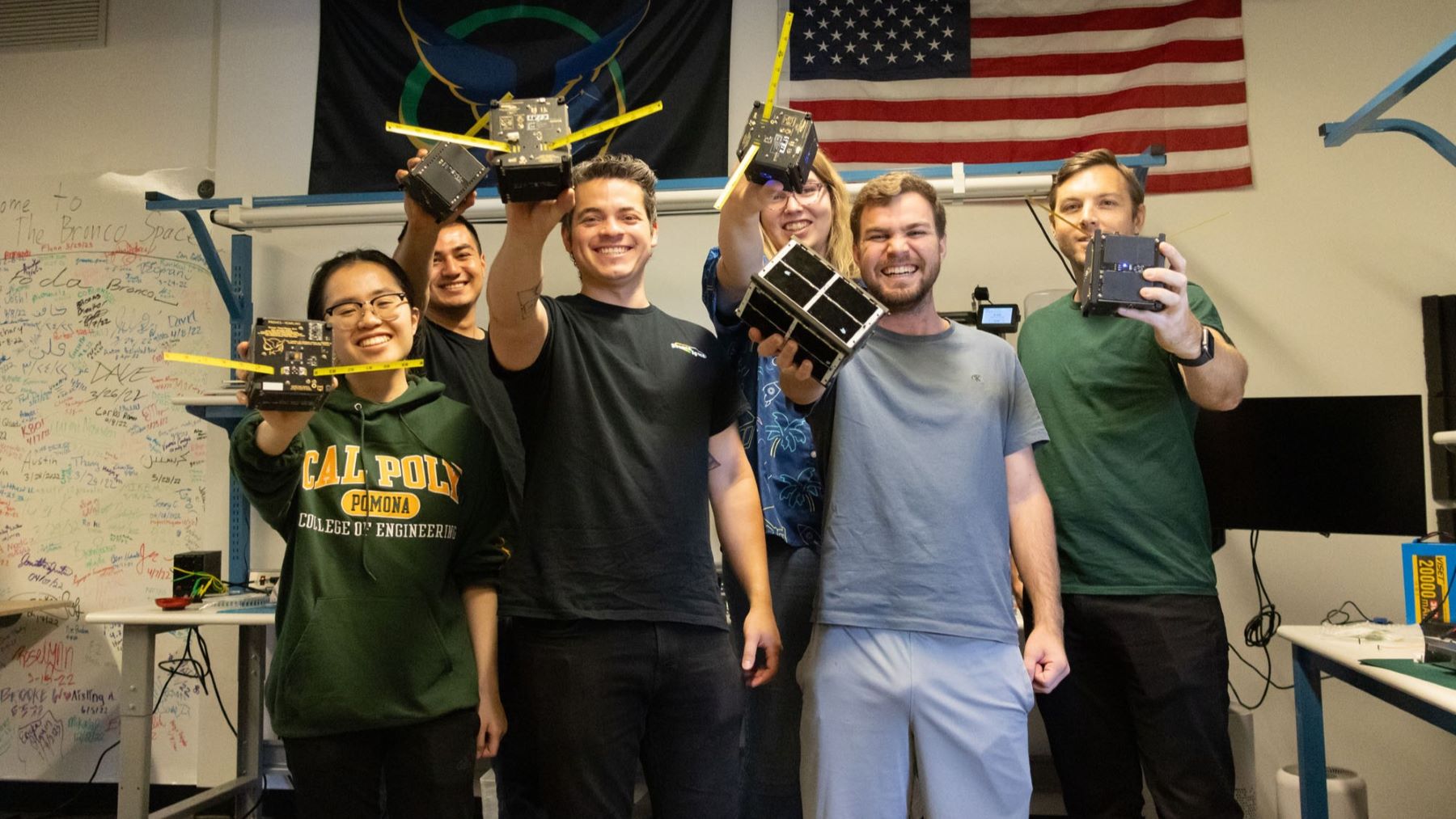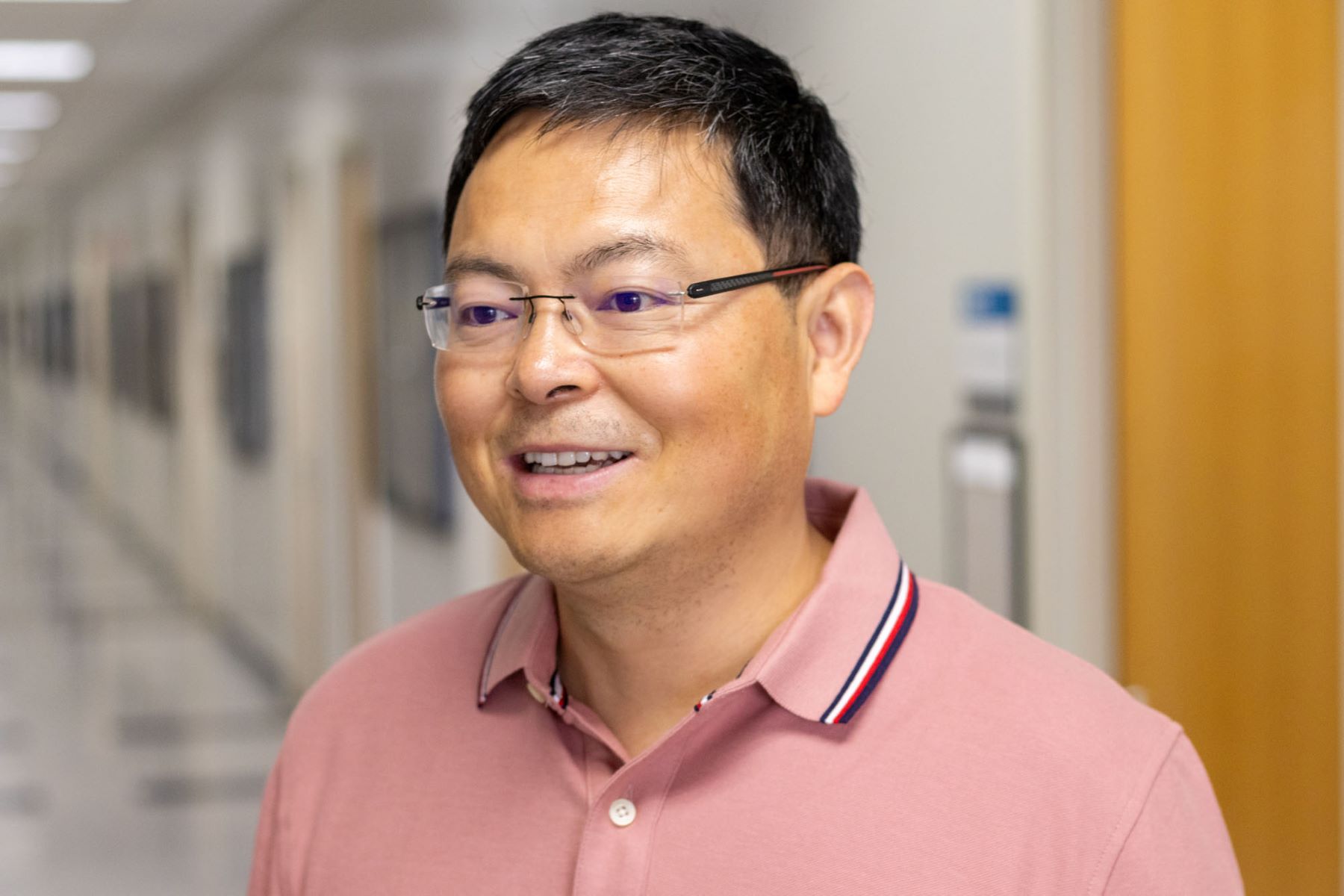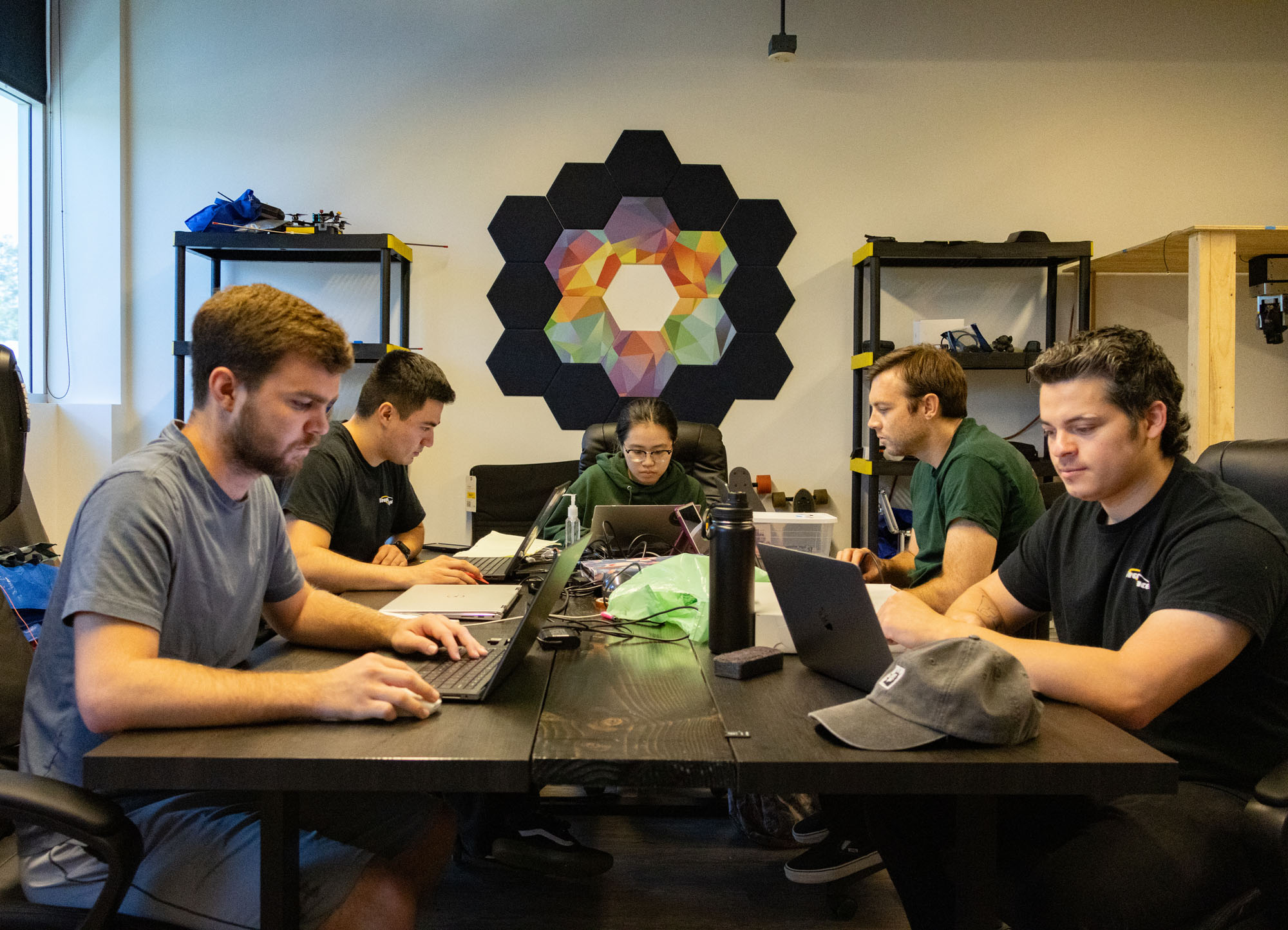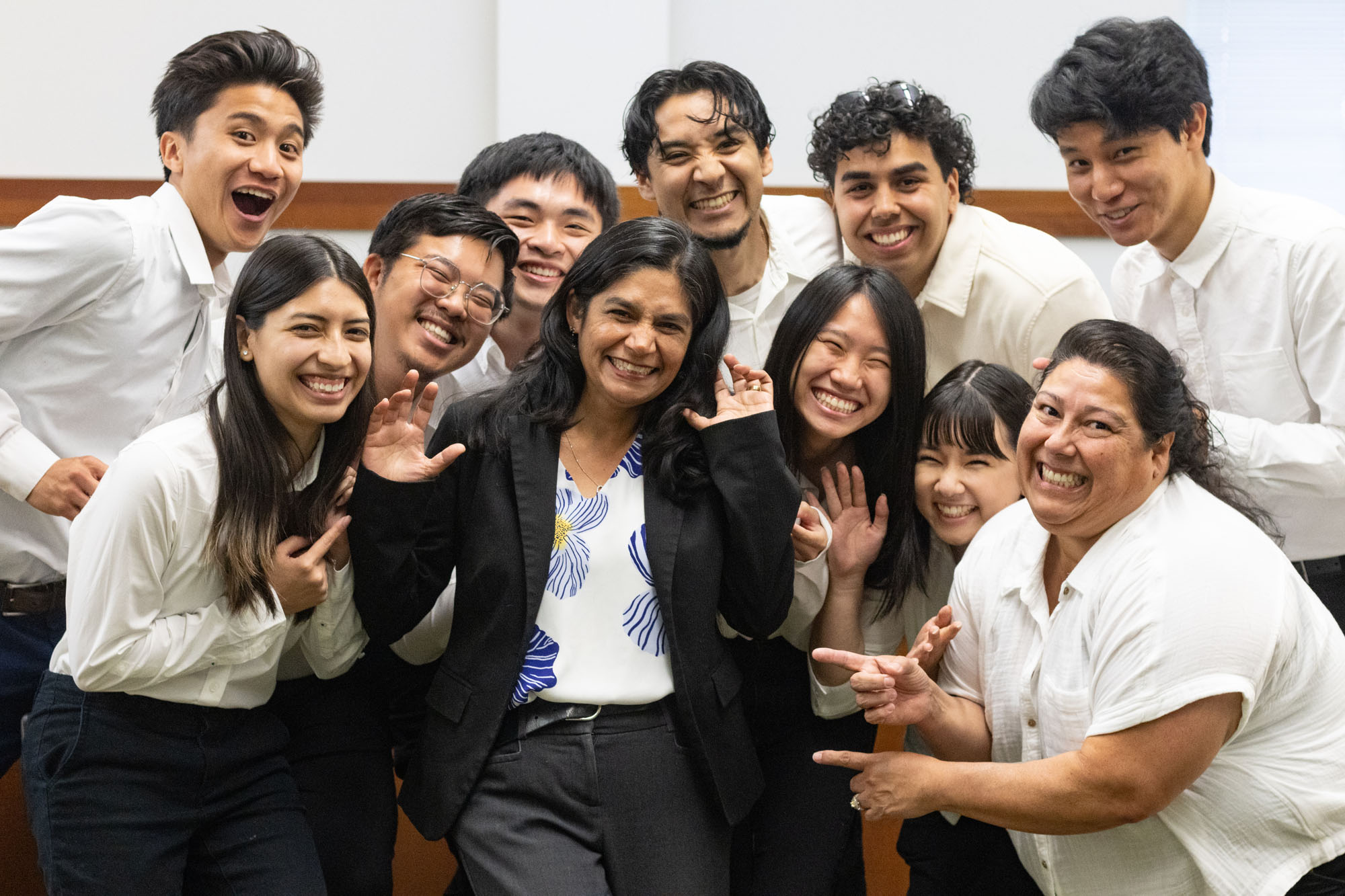Passion Projects

By Christopher Park
Passion doesn’t rest on the weekends. Passion is a compulsion to do what must be done regardless of time and day. Here are a few people from our college who embody this spectacular trait.
He Dreamed of the City
In 1978, Wen Cheng was born in a small, rural village in China’s Yellow Mountains, where the urban cityscapes were but dots of light sprinkling the landscape at night.
Cheng dreamed of the city—its winding, sturdy roads and sprawling infrastructure held a promise of a better life. His village, in comparison, was in a sordid state. Rain was frequent, turning the dirt roads into a cakey mud that Cheng trudged through daily with shoes hardly fit for purpose. Because of this, travel to the city was difficult, isolating his village from the rest of the world.
But when villagers made the journey, they would always return with something good from the city, intensifying the allure of what the distant, dotted lights offered.
“Sometimes, they [villagers] would bring back small candies,” says Cheng, professor for the civil engineering department. “I would slice it into different pieces and enjoy it piece by piece every day because I didn’t know when I would get another one.”
Eventually, Cheng left for the city with the aim to return with new knowledge to connect his village to the rest of the world. His life, however, took new shapes that pulled him further and further away from both his birthplace and his original aims. But for every mile he went away from his home, he came ever closer to pursuing his passions.
 It started with getting into Tongji University in Shanghai, one of the most prestigious and selective universities in the country, as a civil engineering student. Here, he discovered his passion for traffic engineering and would form the basis of the rest of his career. Traffic is filled with individual actors, or drivers, who are random. Their disposition, emotional, and physical states, and so on are dependent on the day, time and hundreds of big and small circumstances that shape the person stepping into the car. This is true for every human driver, making traffic an extremely difficult problem to understand and solve. It’s the kind of expansive, big-picture problem that requires a heady mind to even want to approach—statistical analysis, big data, computer programming, and machine learning are practically prerequisites to begin prodding at the problem, prerequisites that Cheng meets.
It started with getting into Tongji University in Shanghai, one of the most prestigious and selective universities in the country, as a civil engineering student. Here, he discovered his passion for traffic engineering and would form the basis of the rest of his career. Traffic is filled with individual actors, or drivers, who are random. Their disposition, emotional, and physical states, and so on are dependent on the day, time and hundreds of big and small circumstances that shape the person stepping into the car. This is true for every human driver, making traffic an extremely difficult problem to understand and solve. It’s the kind of expansive, big-picture problem that requires a heady mind to even want to approach—statistical analysis, big data, computer programming, and machine learning are practically prerequisites to begin prodding at the problem, prerequisites that Cheng meets.
“I am always amazed by the randomness of traffic,” says Cheng. “We’re trying to find the reason behind accidents so we can save lives, but it’s very difficult. When an accident happens, it’s a very complicated interaction of so many different factors, which includes the vehicle, driver, the roadways and so much more.”
“Trying to understand this problem fits my passion and my strengths.”
His passions took him further away from the Yellow Mountains—he earned his doctorate at Arizona State University and has been a professor and scholar at Cal Poly Pomona since 2009.
“The problem of traffic is so big. No individual can make it happen. Our students are our future leaders and policymakers—we will rely on them.” - Professor Wen Cheng, civil engineering department
His academic fervor for traffic safety is in the numbers—he’s produced over 100 peer-reviewed journals and conference proceedings since joining the civil engineering department and has brought in nearly $4 million in research grants. Alongside his peers, it’s Cheng’s persistence in this field that’s allowed Cal Poly Pomona to join a coalition of seven other universities in a landmark $40 million federal grant from the U.S. Department of Transportation. Cal Poly Pomona is just one of eight universities working with the likes of the University of Texas at Austin to build an unprecedented transportation hub that aims to develop a deep, fundamental understanding of how people drive, and diversify the transportation engineering workforce.
“Everybody [my family] can feel my excitement in the house,” says Cheng. "Students will get constant opportunities to do paid research, travel to different conferences across the nation, understand various areas of driving behavior and network with future generations.”
And Cheng knows his students will have to carry his torch. One day, his own contributions to the field will end and he teaches with the hope that a handful of his students will have the same passion he has for traffic. “The problem of traffic is so big. No individual can make it happen. Our students are our future leaders and policymakers—we will rely on them.”
Cheng no longer needs to dream of the city, but he hasn’t ceased to dream. He dreams now of a future where people can drive a city’s endless roads and reach their destination without incident. It’s a dream that’s driven Cheng for decades, and it will for decades more.
Caption for above photo: Wen Cheng, professor for the civil engineering department.
They’re Possessed by the Stars
In January 2023, Bronco Space’s CubeSat (a miniature satellite), YEARLING-1, launched into space in a SpaceX Falcon 9. It didn't end well.
With excitement brewing amongst the students who worked hours and nights leading up to launch, what followed was failure that was out of their control. The satellite was housed in a vehicle that launched with the rocket, but the vehicle lost power. It couldn't eject the satellite. Instead of another successful launch by the club, YEARLING-1 was doomed to aimlessly orbit Earth.
“By the second week after launch, we accepted its death,” says Nicole Maggard (’23, computer engineering and electrical engineering). The team mourned, but it was short-lived.
“And then, we thought, ‘Let’s go ahead and give it another go,’” she says.
What followed was a warp speed pace of production—Maggard, lead software and electrical engineer for the project, and Bronco Space founder Michael Pham ('23, aerospace engineering), hashed out the first iteration of YEARLING-2 over lunch at In-N-Out and then went to work that same weekend. Within the week, the team completed their work and sent it out to manufacturing. In a week-and-a-half, the team got their first version of YEARLING-2 built.
 The CubeSat was delivered to the SpaceX launch facility by March 8, more than a month before the April 14 launch. In total, the project was done in an unbelievable 18 days. Plus, it only cost $750 to build, an astoundingly cheap price tag for a CubeSat—the typical cost often hovers in the thousands. By any standard, the speed and efficiency of this production was abnormal.
The CubeSat was delivered to the SpaceX launch facility by March 8, more than a month before the April 14 launch. In total, the project was done in an unbelievable 18 days. Plus, it only cost $750 to build, an astoundingly cheap price tag for a CubeSat—the typical cost often hovers in the thousands. By any standard, the speed and efficiency of this production was abnormal.
“We completely reworked the satellite build, did the proper testing and achieved two iterations before sending it to SpaceX,” says Bryan Rivera, president of Bronco Space. “To emphasize, this is not normal.”
Then on the fateful day, YEARLING-2 launched via the SpaceX Transporter-7 from the Vandenberg Space Force Base.
This time, the CubeSat detached from the rocket successfully and more significant than that was a message from the little satellite: “Hello I am Yearling! I am in: Maximum Power Mode.”
“I had dreams before of receiving a communication [from our satellite] and feeling like being on top of the world. Nothing compares to the real thing.” - Nicole Maggard (’23, computer engineering and electrical engineering)
In Bronco Space’s brief-but-already illustrious history of space launches, a functioning communication system was a first for the team and a first for Cal Poly Pomona.
“We were able to get full packets of data,” says Amanda Ewing ('23, aerospace engineering). “All systems were nominal on our little boy, and it was a very, very happy room of college students.”
“It almost can’t be explained with words,” says Maggard. “I had dreams before of receiving a communication and feeling like being on top of the world. Nothing compares to the real thing.”
Maggard recalls working in the lab until four or five in the morning before heading to class. In some cases, she skipped them.
“It’s probably not the smartest thing to do, but man, considering we’re a learn by doing university, we were doing it,” says Maggard.
“It was just days and nights of back-to-back staying up as late as you possibly could at the lab,” says Megan Beck ('23, aerospace engineering), Bronco Space program manager. “I don’t know of a single student team that builds satellites as fast as we do.”
She’s probably right. Since Bronco Space’s founding in
2020, the team has participated in four space launches and two high-altitude flights. Since 2021, the team has conceived, designed and launched vehicles into space or at the cusp of it.
“It’s really mission first here,” says Rivera, “We find we all have our unique little reasons to be interested in space and even more so on a specific mission. That becomes very apparent when it's past 11 p.m. We’re united in our interest in space.”
Bronco Space currently has six projects in the works. It’ll mean more back-to-back-to-back late nights, and more late hours where these passionate students will have nothing else on their minds besides pushing past the assumed possibilities of what a small student club can do if they put their minds and souls into their work. They wouldn’t have it any other way and in fact for them, there is no other way. When they look up to see the stars, that’s all they need to work another day and into the night.
Changing the World

As Mónica Palomo describes it, her passion is simple — change the world for the better. Her friends tease her that she’s living in a dream.
“Well, I don’t know, I’m very aspirational,” says the civil engineering professor. “I’ve wanted to change the world for as long as I can remember.”
Her first plan to fulfill this heady goal was to become a forensic engineer to investigate why huge engineering projects fail. Palomo wanted to assess, diagnose and ultimately prevent future disasters from occurring. This goal took her as far as earning her master’s and doctorate at Kansas State University, but she felt that her world-changing reach could be even larger in higher education. So, she pursued a different track—teaching. Through teaching, she can change individual lives and those lives would change the world in some measurable way.
“I became a faculty member because I wanted to change the world by doing it in the classroom,” says Palomo. “If I can impact the lives of two to three students in a semester, those can impact two to three more—it becomes exponential.”
So, across her 15 years at Cal Poly Pomona, she’s been changing the world. Outside of the classroom, Palomo is heavily involved in student teams and research projects—a central motivator in her career.
“I cannot explain how rewarding it is when I see students so happy and proud of the work they’ve done,” says Palomo. “It really motivates me to continue to be involved regardless of the amount of work and time it takes.”
Her passion extends beyond teaching and advising. These days, she’s taken on a service task with the college to make sure its programs meet the requisite standards of excellence.
“I became a faculty member because I wanted to change the world by doing it in the classroom. - Professor Mónica Palomo, civil engineering department
Every six years, the college is looked at closely with careful eyes. The college’s 12 undergraduate engineering programs’ curriculum and all the resources invested in preparation of graduates are evaluated by ABET, a nonprofit accreditation board whose stamp of approval has a wide range of benefits. An ABET-accredited engineering program signals a quality program that industry professionals and professional licensure boards can rely on to ensure that new graduates are prepared to face the engineering challenges of society.
To ensure that every ABET visit goes smoothly, the college’s faculty and staff diligently prepare the exhaustive documentation required for visiting evaluators. Palomo plays a key role in this process, acting as the college’s ABET coordinator. As a coordinator, Palomo works with and supports all the college’s seven engineering departments. The work isn’t trivial—she holds symposiums, fields every faculty inquiry and helps prepare each program’s all-important self-study report, the primary document every program relies on to demonstrate ABET compliance.
Sounds like an unenviable task, but for Palomo, it’s far from it. She likes the intellectual challenge of collaborating with dozens of people to achieve a single goal. In this case, it’s working with her faculty colleagues towards preparing for the ABET visit. “We do this for the students,” says Palomo. “We ensure that our programs meet high standards by following a process of self-assessment and continuous improvement, and our students will be ready for the next steps in their professional development after graduation.”
So that’s Palomo. She’s changing the world, one class, one student project and one ABET visit at a time.